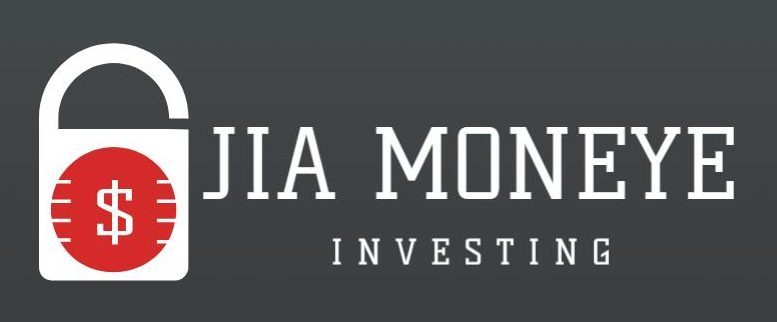
Student Loans: Managing Debt and Repayment
Navigating the complex world of student loans can often feel like charting a course through uncharted waters. With the ever-rising cost of higher education, student loans have become a necessary reality for many, providing the keys to the kingdom of knowledge and opportunity. However, this debt, if not managed wisely, can become a long-term financial burden. Understanding how to manage and repay student loans effectively is crucial for financial well-being and freedom.
The journey begins with choosing the right loan. Not all student loans are created equal. Federal loans often offer lower interest rates and more flexible repayment options compared to private loans. They also come with unique benefits like income-driven repayment plans and potential loan forgiveness programs. On the other hand, private loans can be a viable option when federal loans are not sufficient, but they usually require a credit check and may have higher interest rates. Careful consideration and comparison of terms, interest rates, and repayment options are crucial in making an informed decision.
Once the loans are in place, the strategy shifts to managing them during the college years. While it might seem premature to worry about repayment, understanding the accruing interest and the impact of taking out additional loans each year is vital. For those who can, making interest payments or even small principal payments during college can significantly reduce the total amount owed after graduation.
After graduation, the reality of repayment sets in. This is where understanding the different repayment plans is key. Federal loans offer several repayment options, including standard, graduated, and income-driven plans. The standard plan usually involves fixed payments over ten years, while graduated plans start with lower payments that increase over time. Income-driven plans adjust payments based on income and family size and can offer significant relief for those in lower-paying jobs. It’s essential to evaluate personal financial situations and future income prospects to choose the most suitable plan.
For those struggling with repayment, it’s important to know the available options. Federal loan borrowers can apply for deferment or forbearance in certain situations, temporarily reducing or pausing payments. However, interest may continue to accrue during these periods, increasing the total debt. Loan consolidation can also be a viable option, especially for managing multiple loans. It simplifies payments but may result in a slightly higher overall interest rate.
Loan forgiveness programs present another avenue for managing student debt, particularly for those in public service, teaching, or non-profit sectors. Programs like Public Service Loan Forgiveness (PSLF) can forgive the remaining balance on direct loans after 120 qualifying monthly payments under certain qualifying repayment plans while working full-time for qualifying employers.
In summary, managing student loans effectively requires a proactive and informed approach. It starts with selecting the right loan, continues with managing debt during college, and evolves into choosing the best repayment plan post-graduation. For those facing financial hardships, understanding the options for deferment, forbearance, consolidation, or forgiveness is crucial. Student loans, when managed wisely, should be an investment in one’s future, not an anchor dragging down financial prospects. Knowledge, planning, and informed decision-making are the keys to navigating the world of student loans successfully.


